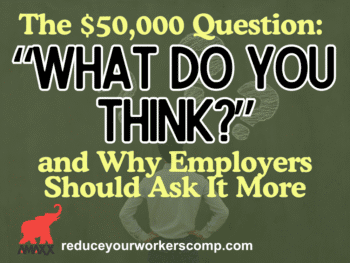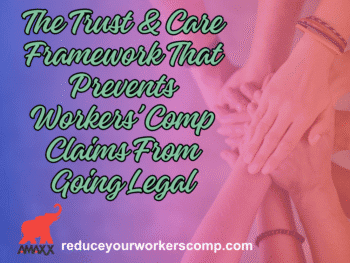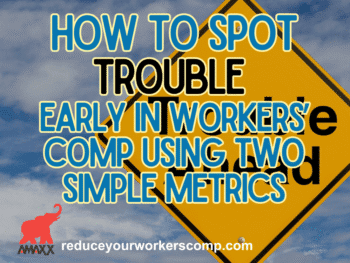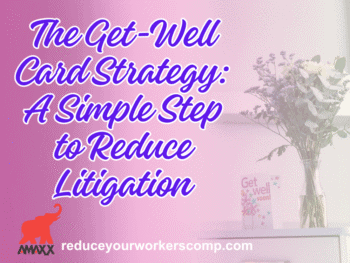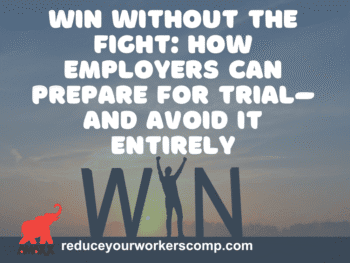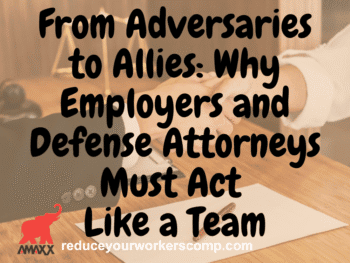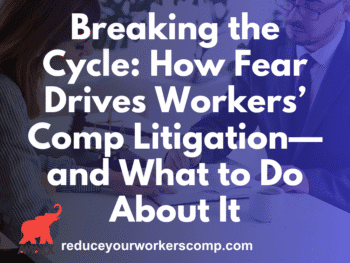How Would You Decide: If you fall asleep in your car and are injured, who do you sue?
Here’s what Tom Robinson, J.D., writer for Lexis Nexis Workers Comp Law Center reports.
Worker Injured in Company Parking Lot While Snoozing in Car May Not Proceed Against Co-Worker for Alleged Negligence
Here’s What Happened
Kulik was employed by Sears and began each work shift at 6:00 a.m. He drove his vehicle to work one day and arrived half an hour before his shift began. He took a “cat nap” in his car while waiting for the shift to begin. As Kulik slept and waited, his car was struck from behind by another vehicle driven by a co-worker. Kulik filed a negligence action against the co-worker and Kulik’s spouse also sued to recover for loss of consortium.
The defendant contended Kulik’s civil action was barred by the exclusive remedy provisions of Pennsylvania’s Workers’ Compensation Act. The trial court agreed and granted summary judgment in favor of defendant. Kulik and his wife appealed.
Here’s What The Court Decided:
In Kulik v. Mash, 2009 PA Super 188, 2009 Pa. Super. LEXIS 3285 (Sept. 16, 2009), the Superior Court of Pennsylvania agreed with defendant that the personal injury cause of action (as well as the derivative consortium claim) was barred by exclusivity. Observing that the injury occurred within the employer’s parking lot, the court stated the general rule that even though not actually engaged in the employer’s work, an employee will be considered to have suffered an injury in the course of employment if the injury occurred on the employer’s premises at a reasonable time before or after the work period.
The court held that the 30-minute interval before Kulik’s shift was to begin was a reasonable interval of time, that once an employee was on the employer’s premises, actually getting to or leaving the employee’s work station was a necessary part of that employee’s employment, and thus, definitively furthered the employer’s interest. The court stressed that just because Kulik arrived early, perhaps because traffic was not as bad as expected, and he took advantage of his early arrival to take a cat nap, it did not mean he was “off on some enterprise of his own before going to work.” Kulik did nothing extraordinary before heading into work. (workersxzcompxzkit)
According to the court, “[t]he vicissitudes of traffic should not make the difference as to whether or not there is a bar.” The court refused to accept defendant’s argument that in other cases where the tort action had been barred by exclusivity, the employee had actually been moving toward the employee’s work station at the time of injury, whereas here, Kulik had been stationary. That was too fine a line to be drawn, said the court. The court reiterated the normal rule: a person on the employer’s premises a reasonable period of time before or after work is considered to be within the course of employment.
See generally Larson’s Workers’ Compensation Law, § 13.01, 13.04, 111.03.
Tom Robinson, J.D. is the primary upkeep writer for Larson’s Workers’ Compensation Law (LexisNexis) and Larson’s Workers’ Compensation, Desk Edition (LexisNexis). He is a contributing writer for California Compensation Cases (LexisNexis) and Benefits Review Board – Longshore Reporter(LexisNexis), and is a contributing author to New York Workers’ Compensation Handbook(LexisNexis). Robinson is an authority in the area of workers’ compensation and we are happy to have him as a Guest Contributor to Workers’ Comp Kit Blog. Tom can be reached at: compwriter@gmail.com.
http://law.lexisnexis.com/practiceareas/Workers-Compensation
FREE WC Best Practices IQ Test: http://www.workerscompkit.com/intro/
WCBooks: http://www.reduceyourworkerscomp.com/workers-comp-books-manuals.php
WC Calculator: www.reduceyourworkerscomp.com/calculator.php
A NEW Article: Return to Work in Unionized Companies


